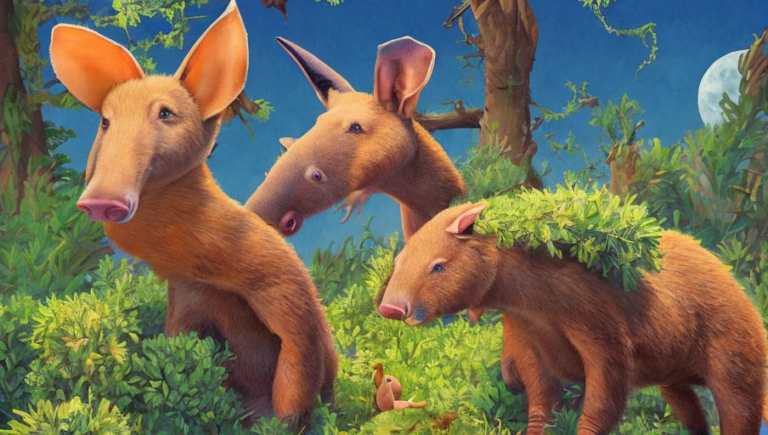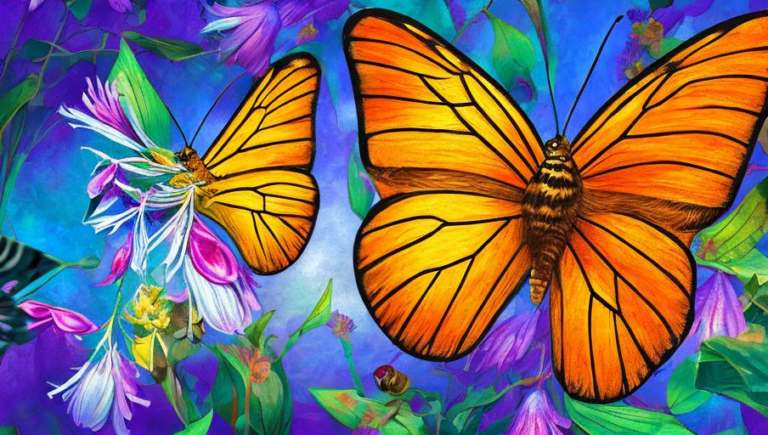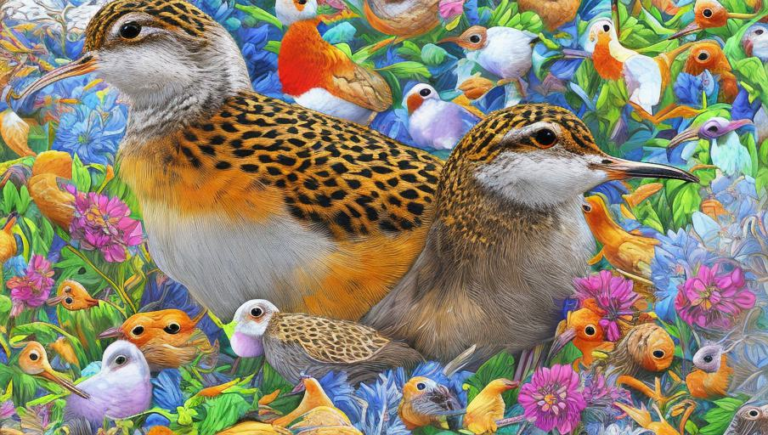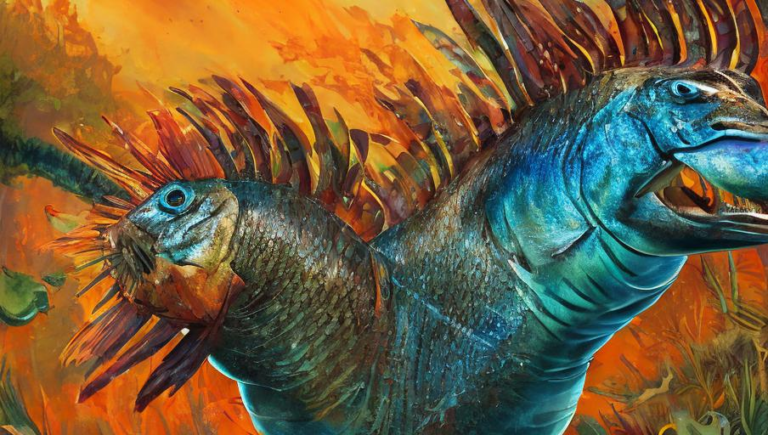Foes of the Caterpillar
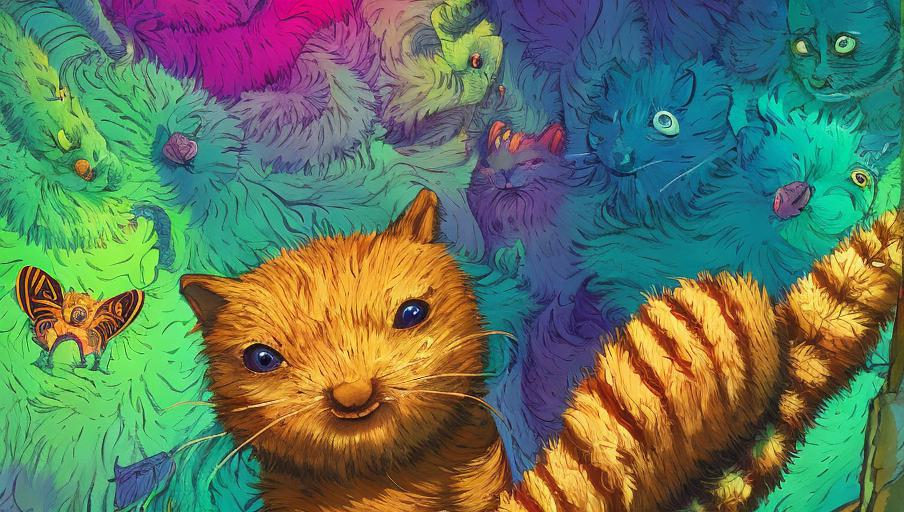
The Life of a Caterpillar
Caterpillars are the larval form of butterflies and moths, and can be found in many different habitats around the world. These small, fuzzy creatures come in many colors and shapes, and have a life cycle that is both fascinating and remarkable. As larvae, they feed voraciously, munching on leaves and other vegetation. During this stage, they go through a series of molts, shedding their skin as they grow. When they reach full size, they form a chrysalis, which serves as their cocoon, and from which they emerge as a beautiful butterfly or moth.
A Caterpillar’s Foes
Caterpillars face many threats throughout their lives, from birds and other predators to the weather. Some of their most formidable foes, however, are other insects. Parasitic wasps, for example, lay their eggs inside the caterpillar, and when the larvae hatch, they consume their host from the inside out. Other predatory insects, such as ladybugs and ground beetles, feed on caterpillars and their eggs, while flies and ants also present a threat. Even fungi can infect and kill caterpillars.
Protecting Caterpillars
Despite the many dangers that caterpillars face, they remain a vital part of our ecosystems. They are a vital food source for many birds and other animals, and can help to maintain the balance of their habitats. To protect them, it is important to be mindful of the habitats they inhabit, and to avoid introducing any foreign insects or plants, as this can disrupt the balance of the ecosystem. Additionally, it is important to provide a safe environment for caterpillars to thrive in, free from human interference.
Conclusion
Caterpillars play an important role in our ecosystems, and face many dangers from predators, parasites, and even the weather. To protect these creatures, it is important to be mindful of their habitats and to keep them safe from human interference. By doing so, we can help to ensure that these fascinating creatures continue to thrive in our world.

